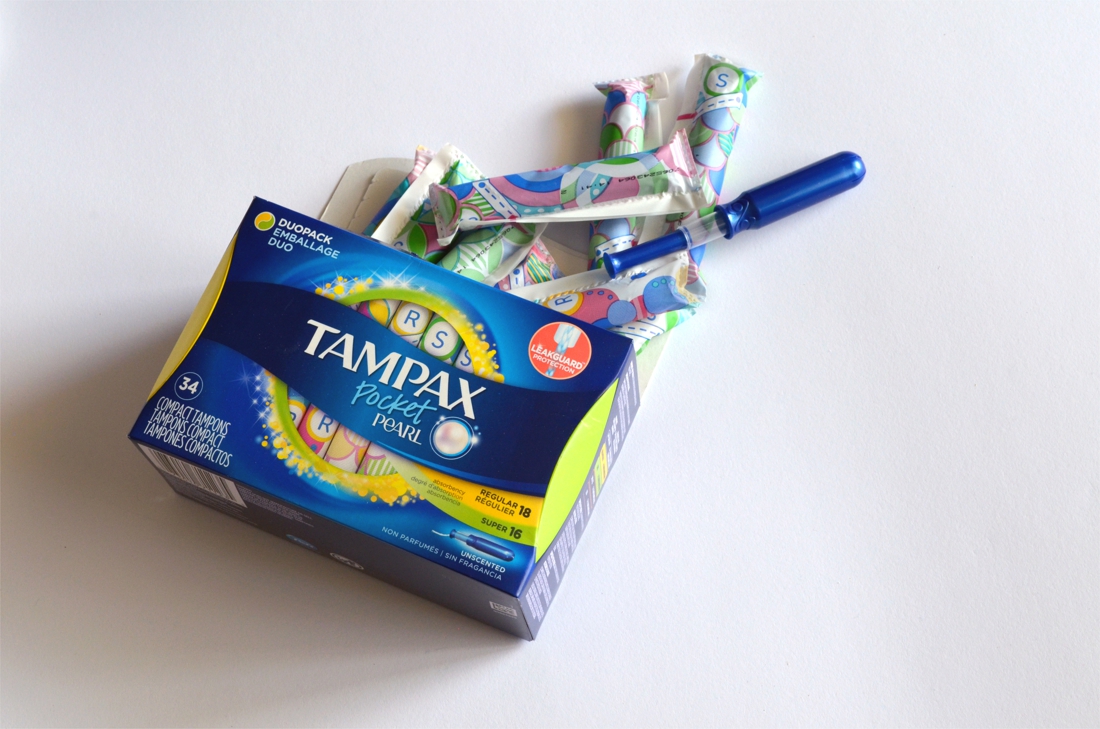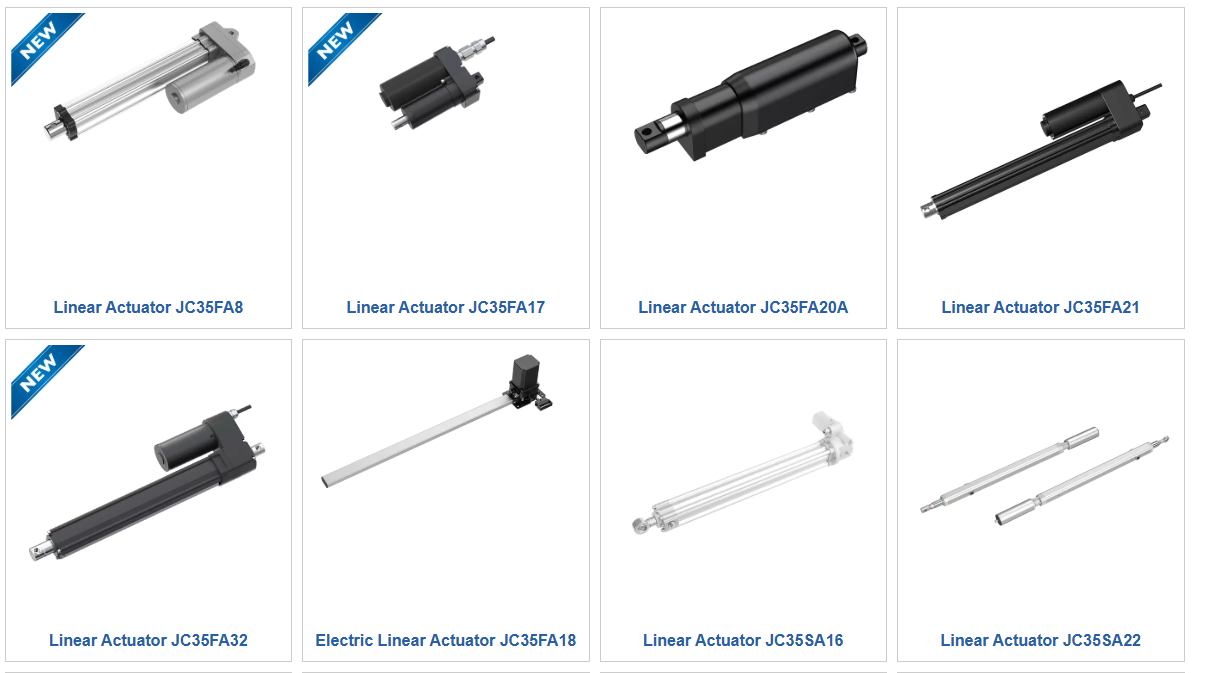Custom tampon boxes help make menstrual products more accessible to users. They enhance usability, protect the product, and improve convenience. These boxes also support brand recognition and sustainability. Below are the key ways they enhance product accessibility.
Enhancing Ease of Use for Consumers
Custom packaging makes it easier for consumers to use tampons efficiently. A well-designed box allows users to access tampons without difficulty. The opening and closing mechanism should be simple. Many brands use flip-top or slide-out designs for quick access.
The packaging should also have clear labeling. Instructions and absorbency levels must be visible. This helps first-time users understand the product better. It also allows experienced users to pick the right type quickly. Tampon packaging that includes easy-to-read text helps those with vision challenges.
Color coding is another way to improve accessibility. Different colors for various absorbency levels make selection easier. Many brands use light shades for low absorbency and dark shades for heavy absorbency. This visual cue helps users grab the right product without reading every detail.
Another factor is the portability of the box. A compact design fits easily in handbags or small pouches. Travel-friendly packaging ensures that users can carry their tampons without hassle. Custom packaging improves convenience by reducing bulkiness and making the product more discreet.
Ensuring Hygiene and Protection
Tampon packaging plays a vital role in maintaining hygiene. Properly sealed boxes keep tampons free from dust, bacteria, and moisture. This is essential for ensuring safety and product longevity.
Individually wrapped tampons inside the box provide an added layer of protection. This prevents contamination and makes it easier to carry a tampon without worrying about cleanliness. The outer box should be sturdy enough to prevent damage during storage or transit.
Tampon packaging boxes also help protect against leaks and spills. If the box is not durable, tampons may get crushed, leading to compromised quality. A well-structured box maintains the integrity of the product, ensuring that users get tampons in perfect condition.
Providing Clear Product Information
Accessibility also means providing users with the right information. A well-designed box includes details on tampon size, absorbency, and usage instructions. These details help consumers make informed decisions about their menstrual health.
Some users need guidance on using tampons safely. Including step-by-step instructions on the box can be helpful. Brands should use simple language and illustrations. This is particularly useful for young users or those trying tampons for the first time.
Another important aspect is listing the materials used in the product. Some users have allergies to certain fibers or fragrances. Transparency in labeling ensures that consumers can avoid products that may cause discomfort or irritation.
Regulatory compliance also plays a role in product accessibility. Health authorities require brands to mention safety precautions and expiration dates. Custom packaging provides the necessary space for these details without making the design cluttered.
Supporting Sustainable Packaging Solutions
Sustainability is a growing concern among consumers. Many people prefer eco-friendly tampon packaging to reduce waste. Brands that use recyclable materials in their packaging contribute to environmental protection.
Cardboard packaging is one of the best sustainable options. It is biodegradable and easy to recycle. Some brands use post-consumer recycled materials for their boxes. This reduces the environmental impact and appeals to eco-conscious consumers.
Minimalist packaging also improves accessibility by reducing waste. Overly complex packaging can be difficult to open and may create unnecessary trash. Simple yet effective designs provide better usability and a positive experience for consumers.
Tampon boxes that use soy-based inks and non-toxic adhesives further enhance sustainability. Consumers appreciate brands that consider both convenience and environmental responsibility. Sustainable packaging makes menstrual products more accessible to those who prioritize eco-friendly choices.
Improving Discretion and Privacy
Discretion is an important factor in menstrual product accessibility. Many users prefer packaging that is subtle and does not draw unwanted attention. Custom designs allow brands to create boxes that blend seamlessly with personal belongings.
Matte finishes, soft pastel colors, and minimal branding help make packaging more discreet. Small, portable boxes also provide privacy by making it easy to carry tampons without them being obvious.
Some brands offer reusable tampon cases for added convenience. These cases provide both privacy and protection. Custom packaging helps users feel more comfortable and confident in managing their menstrual hygiene discreetly.
Making Products Inclusive for All Users
Custom packaging can help brands cater to diverse consumer needs. Some users may have physical disabilities that make it difficult to open standard packaging. Easy-to-open boxes with tear strips or one-hand operation mechanisms improve accessibility.
Braille labeling on tampon boxes supports visually impaired users. Providing audio instructions through QR codes is another innovative approach. These small features make a big difference in making tampons accessible to a wider audience.
Inclusive packaging also considers cultural sensitivities. In some regions, menstrual products need to be packaged in a way that respects privacy and discretion. Custom boxes allow brands to tailor their packaging based on different cultural and social needs.
Enhancing Brand Recognition and Customer Loyalty
Good packaging design helps a brand stand out in the market. Custom boxes with unique designs attract more consumers. People are more likely to choose a brand that prioritizes accessibility and convenience.
User-friendly packaging also boosts customer loyalty. When consumers find a brand that offers well-designed, easy-to-use tampon packaging, they are more likely to repurchase. Positive experiences with packaging create strong brand associations.
Brands that listen to customer feedback and improve their packaging gain a competitive advantage. Making accessibility a priority builds trust and enhances the overall reputation of the brand.
Offering Bulk and Subscription-Friendly Packaging
Subscription-based tampon delivery services are becoming popular. Custom packaging plays a key role in making these services convenient. Boxes designed for monthly supplies ensure that users receive the right quantity without frequent store visits.
Bulk packaging options also help users who prefer buying in larger quantities. These boxes should be easy to store and organize. Compact storage-friendly designs improve user experience by reducing clutter.
Tampon packaging should also include refillable or reusable options. Some brands provide refill packs that fit into a durable outer box. This reduces waste while maintaining convenience for the consumer.
Adapting to Changing Consumer Preferences
Consumer preferences are constantly evolving. Brands that stay updated with the latest trends in packaging can improve accessibility. Digital-friendly packaging with QR codes for educational content helps users stay informed about menstrual health.
Smart packaging with built-in tracking features can remind users when to restock their tampons. Some brands use digital apps that sync with their packaging to provide reminders and personalized product recommendations.
Custom tampon packaging should also adapt to changing lifestyle needs. More consumers are looking for on-the-go solutions. Slim, lightweight, and resealable boxes cater to those who need portability and ease of use.
Conclusion
Custom tampon boxes play a crucial role in improving product accessibility. They enhance ease of use, provide clear product information, and support sustainability. These boxes ensure hygiene, discretion, and inclusivity while boosting brand recognition. By focusing on user-friendly and innovative designs, brands can make menstrual products more accessible to all consumers.



